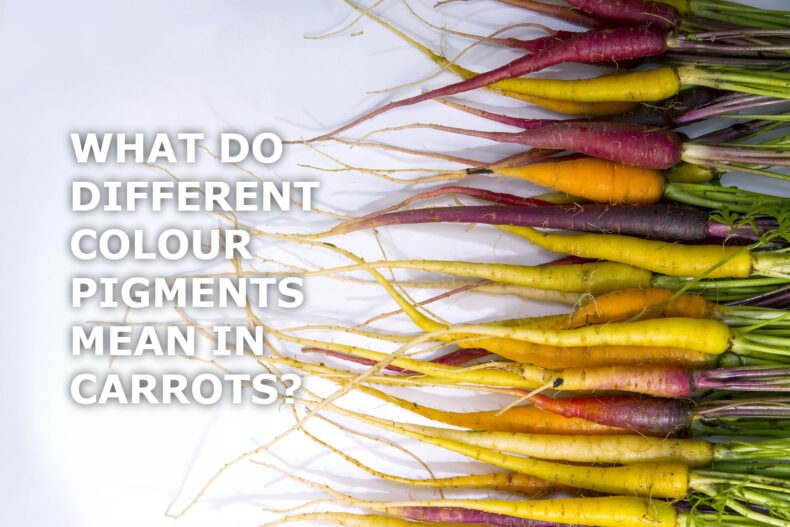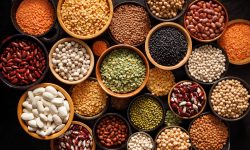Donating 10,000 meals in Pulses! For #WorldPulsesDay Spud is donating 10,000 meals worth with pulses…
Did you know that carrots were initially chosen to be cultivated because of their aromatic leaves? Not only this, but wild carrots were actually mostly white or purple. Orange ones didn’t arrive until the 16th century through strict selection and hybridization. Since then, they have become the second most popular root vegetables in the world, just after potatoes.
The domesticated orange carrots we now eat today are packed with nutrients with a supreme list of health benefits. Carrots can improve your vision, help prevent cancer, slow down ageing, fight off infections, decrease the risk of heart disease, and detoxify your body. Those are just some of the many health benefits that come with eating these roots.
But not all of these root vegetables provide the same amount of nutrients. The secret is in the colour of the carrots. If you take frequent leisure strolls through farmer markets like me, you probably know that white, purple, red, or even black versions are pretty common nowadays.
Here’s a quick and easy guide on what the different colour pigments can do for your body.
Purple Carrot: Purple carrots usually come with an orange hue, or are actually orange in the middle; however, purple ones are closer to black ones than orange ones. These mysterious-coloured carrots contain anthocyanins, part of the flavonoids family with antioxidant properties, and help reduce the risk of cancers and heart diseases. They also help fight against free radicals that damage the body.
Red Carrot: Red foods, like watermelon and tomatoes, are known for their lycopene. Lycopene is a powerful antioxidant that is capable of preventing heart diseases and certain cancers, particularly prostate cancer. It also helps with eye health by combating macular degeneration.
Orange Carrot: Your basic, workaday carrot, though its health benefits are anything but. It’s partly a myth that these root vegetables are high in vitamin A. It’s actually the dominant pigment found in orange carrots, beta-carotene, that eventually gets converted into vitamin A by your liver. Vitamin A is crucial for maintaining a healthy vision. It also helps with protecting the linings of the respiratory, intestinal, and urinary tracts, as well as regulating the immune system by supporting white blood cells.
Yellow Carrot: Like almost all carrots, yellow ones help with the eyes! The dominant pigment found in yellow carrot is xanthophylls. It also contains lutein, both of which assist in combating macular degeneration. They also help decrease the risk of various cancers and de-plaquing arteries.
White Carrot: Although white carrots don’t have any pigments, they do still contain rich phytochemicals that help protect against disease, as well as assist in de-plaquing arteries. They might be ranked lower in nutrients against other coloured carrots, but they’re still good for you! Plus, they’re super rich in fibre, which aids your digestive system.
Black Carrot: Flavonoids are raved about for their supreme antioxidant properties. This is good news because black ones contain anthocyanins, which is part of the flavonoid family. They help fight against free radicals, bad cholesterol, and various cancers. Black carrots are also known to have anti-fungicidal and antibacterial properties. You’ll definitely want to incorporate some of these in your dishes.
The bottom line is, although all carrots have their own individual nutritional values based on the colours, these root vegetables all provide amazing health benefits. Whether you’re dipping them in hummus, roasting them, using them as a stock ingredient, or juicing them, carrots are super healthy, taste great, and will surely make your dish more vibrant and colourful.
Do you lean towards a certain coloured carrot? Share with us your favourite ways to eat this healthy root vegetable!




